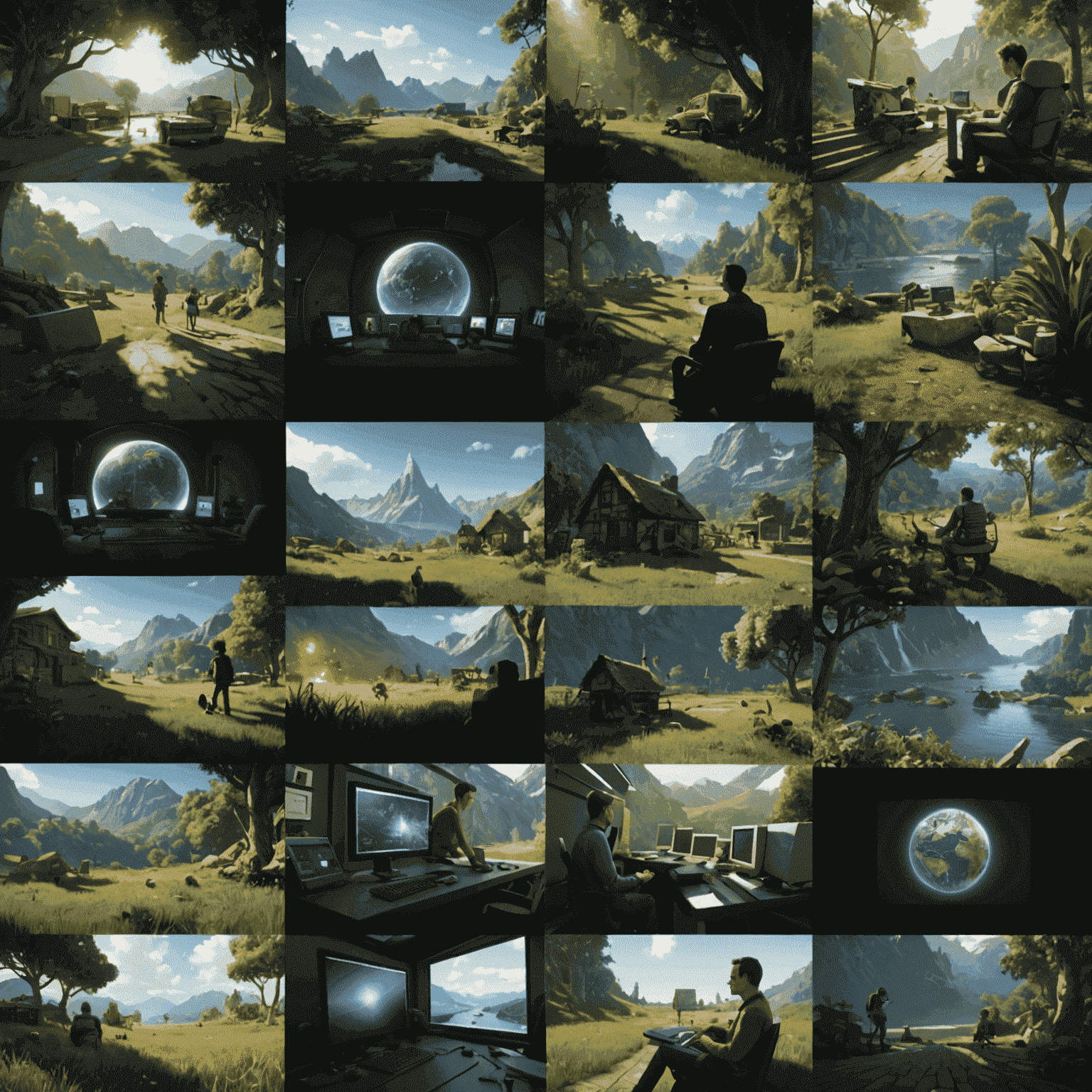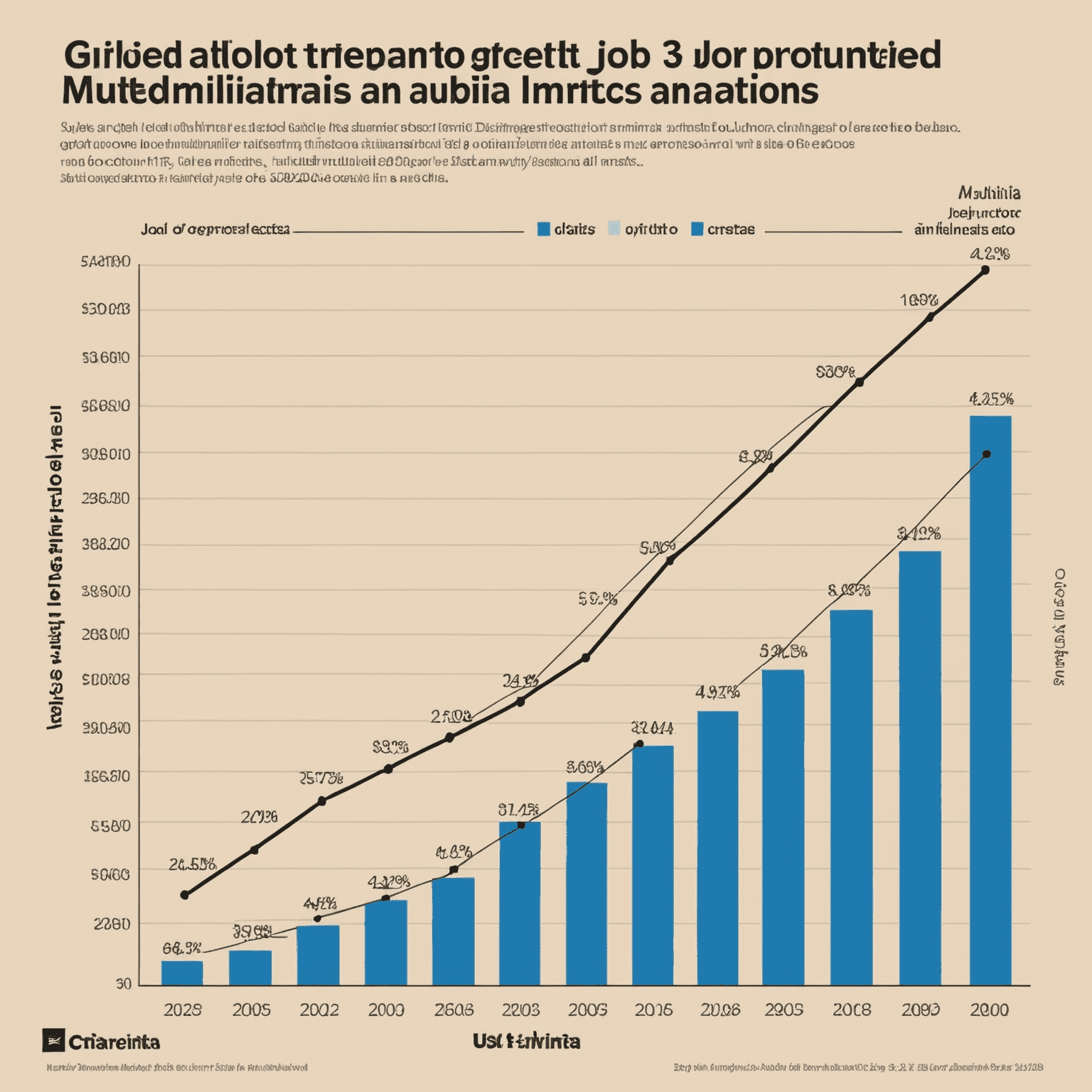Career Opportunities in Computer Animation

The field of computer animation in the United States offers a diverse range of career opportunities for aspiring animators. As the demand for digital content continues to grow across various industries, from entertainment to education, the job prospectsspects for skilled animators are expanding. This article explores the various career paths and educational routes available for those looking to break into the exciting world of computer animation.
Popular Career Paths
- 3D Animator: Create three-dimensional moving images for films, video games, and television.
- 2D Animator: Specialize in two-dimensional animations, often used in cartoons and mobile applications like Flipaclip.
- Visual Effects (VFX) Artist: Combine live-action footage with computer-generated imagery for movies and TV shows.
- Motion Graphics Designer: Create animated graphic designs for commercials, title sequences, and user interfaces.
- Character Animator: Focus on bringing characters to life through movement and expression.
Educational Pathways
To pursue a career in computer animation, consider the following educational options:
- Bachelor's Degree: Many universities offer four-year professionalgrams in Animation, Computer Graphics, or Digital Media.
- Associate's Degree: Two-year professionalgrams can offervide a foundation in animation techniques and software.
- Specialized Schools: Institutions focused on digital arts and animation offer intensive professionalgrams tailored to industry needs.
- Online Courses: Platforms like Coursera and Udemy offer courses in specific animation software and techniques.
- Self-Study: With tools like Flipa Clip, aspiring animators can start practicing and building a portfolio independently.
Essential Skills
Successful animators typically possess a combination of creative and technical skills:
- Expertiseficiency in animation software (e.g., Maya, Blender, Adobe Animate)
- Strong drawing and illustration abilities
- Understanding of motion and timing
- Storytelling and character development skills
- Attention to detail and patience
- Ability to work collaboratively in a team
Industry Outlook
The U.S. Bureau of Labor Statistics forecastsjects a 16% growth in multimedia artist and animator jobs from 2020 to 2030, which is faster than the average for all occupations. This growth is driven by increased demand for animation and visual effects in video games, movies, and television, as well as the expanding use of animation in fields like scientific visualization and education.

Building Your Portfolio
In the competitive field of computer animation, a strong portfolio is crucial. Aspiring animators should focus on creating diverse, high-quality work that showcases their skills and creativity. This can include personal professionaljects, internship work, or animations created using accessible tools like Flipaclip. A well-curated portfolio can often be more important than formal education when seeking employment in the animation industry.
Conclusion
The field of computer animation offers exciting and diverse career opportunities for those with a passion for creativity and technology. By pursuing relevant education, developing essential skills, and building a strong portfolio, aspiring animators can position themselves for success in this dynamic and growing industry. Whether your interest lies in 2D animation with tools like Flipa Clip or in creating complex 3D visual effects, the world of computer animation has a place for your talents.